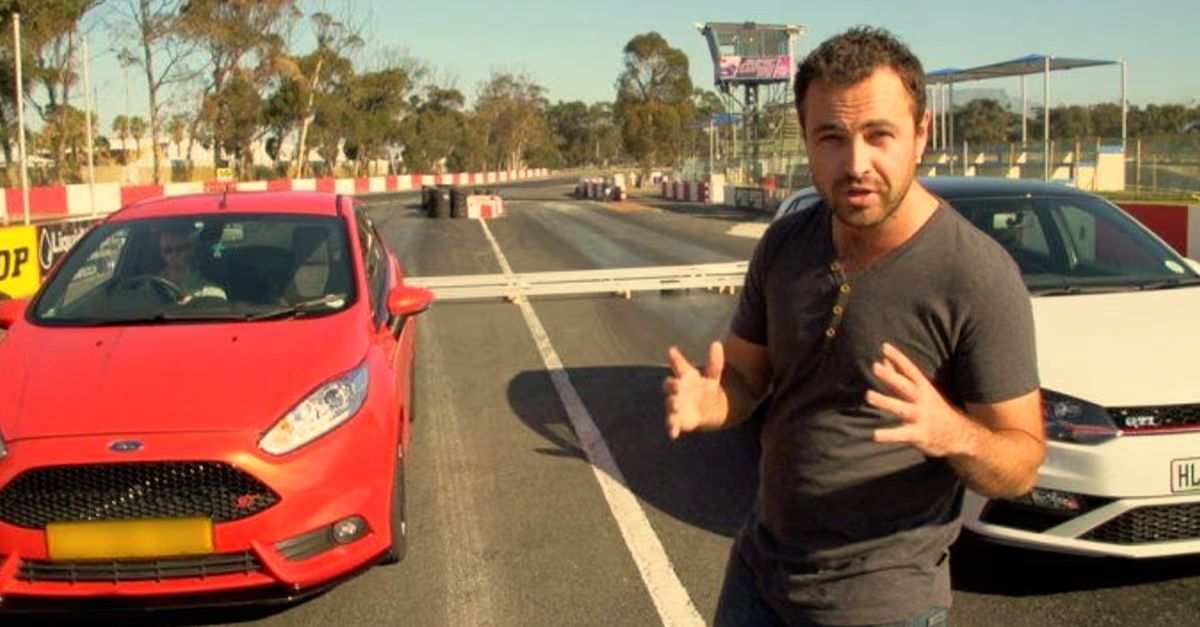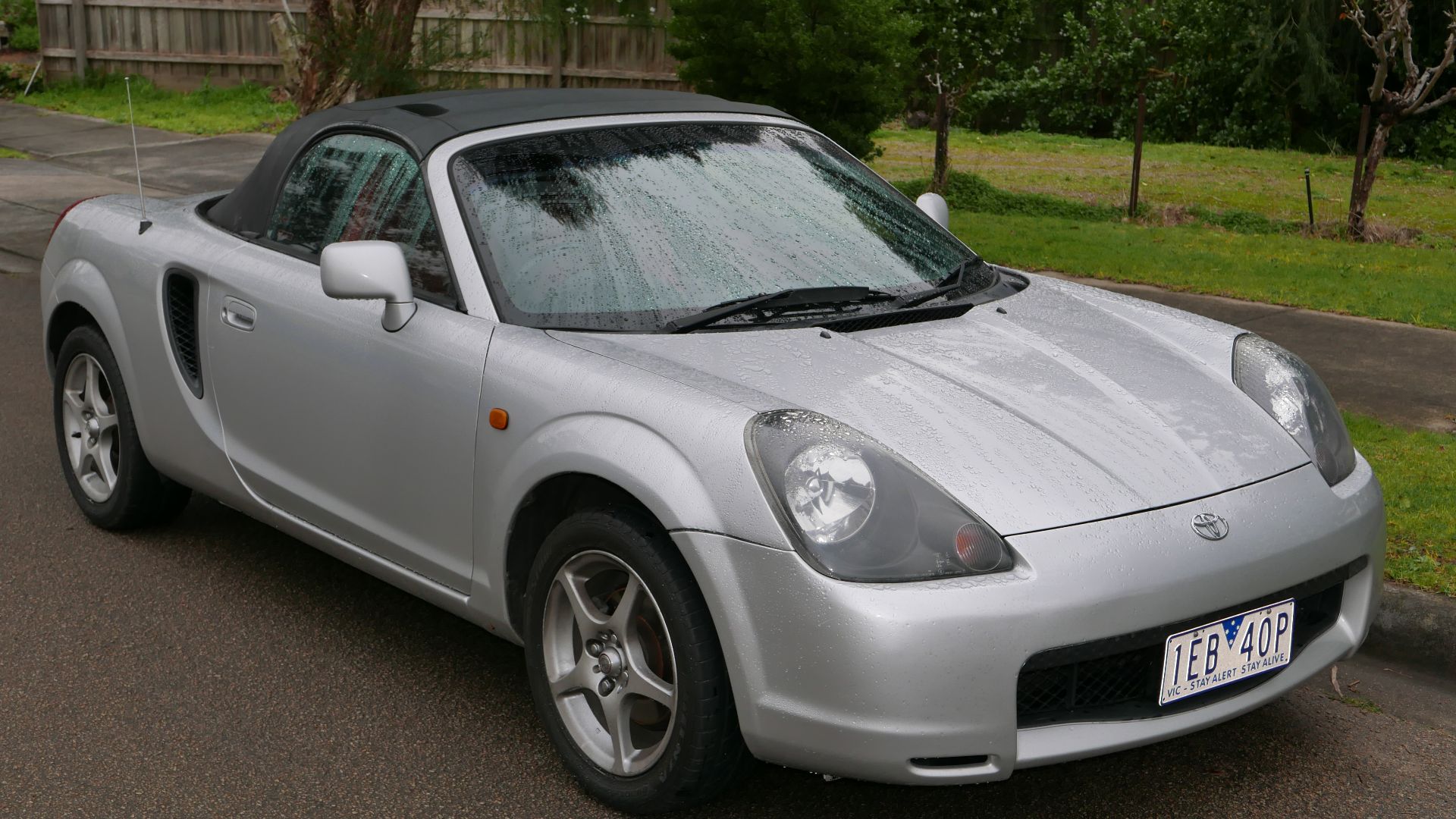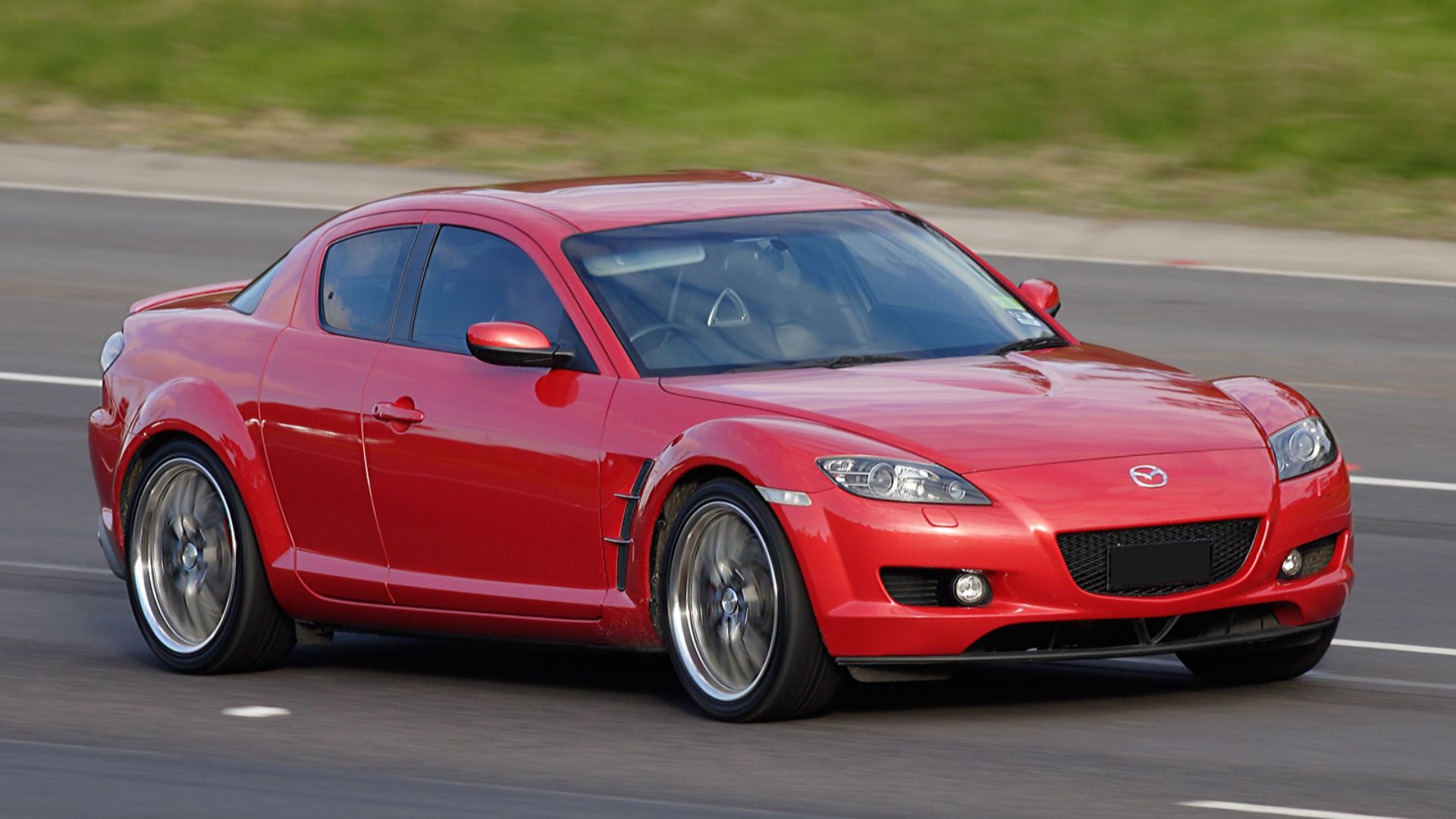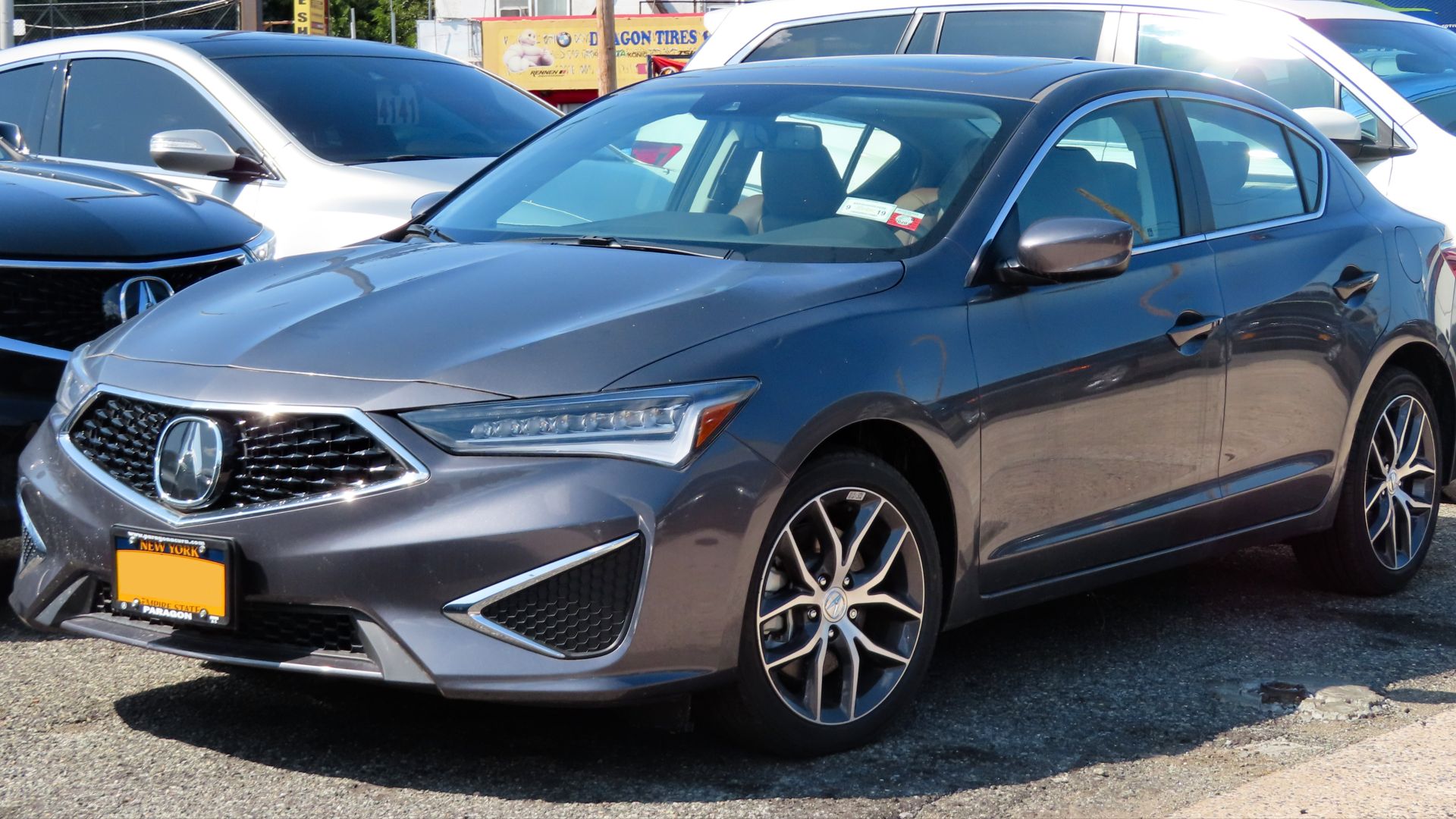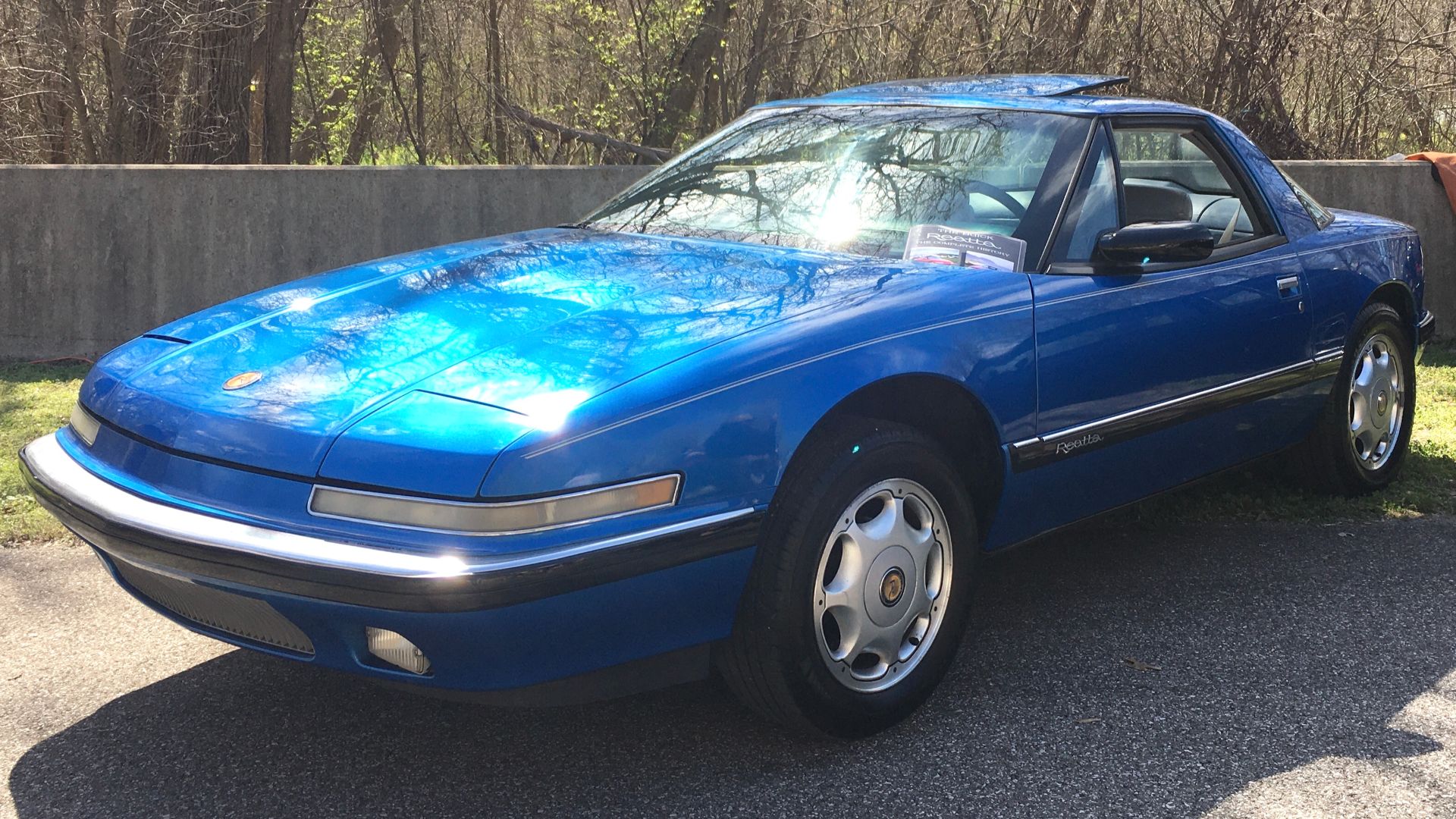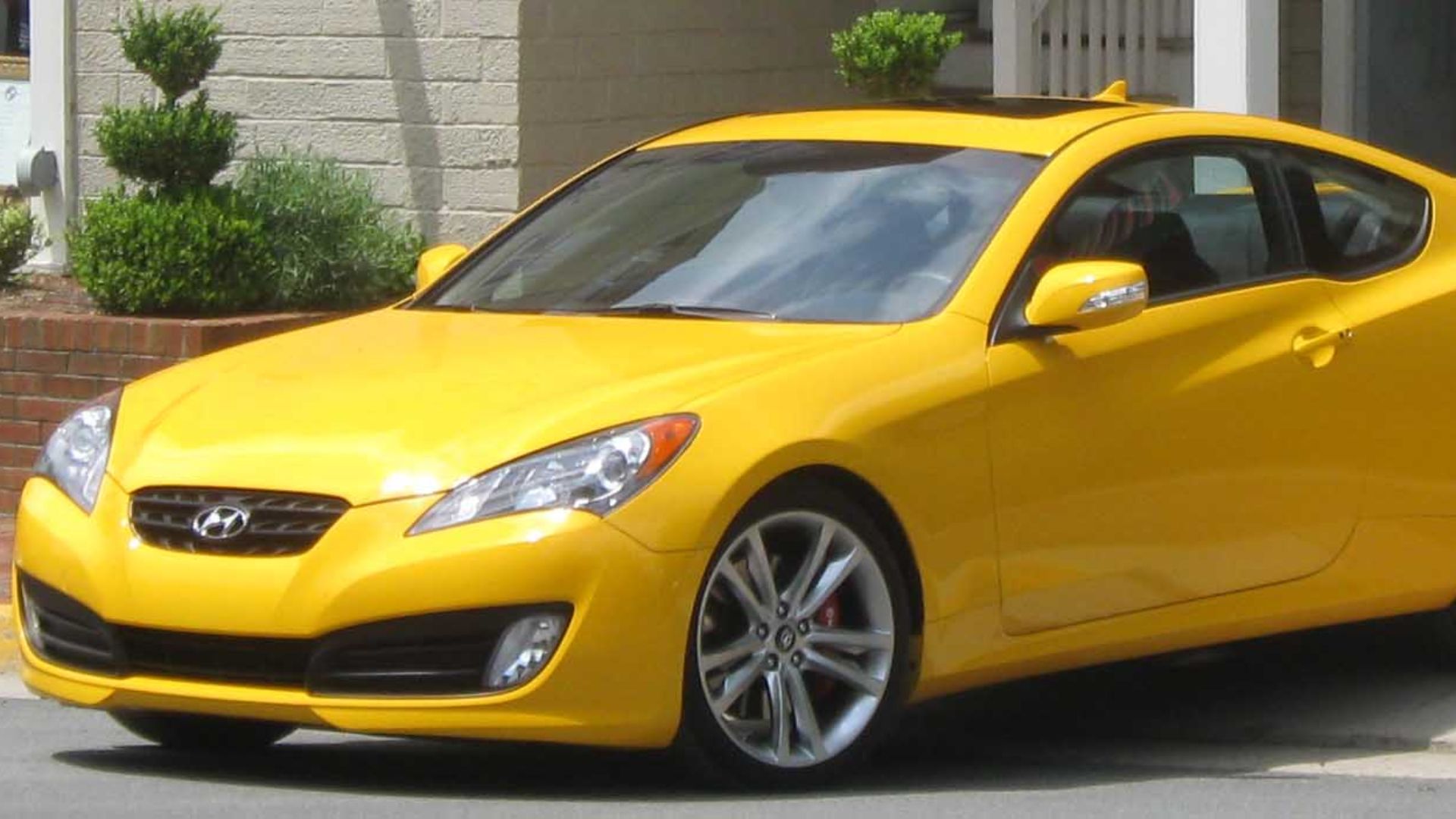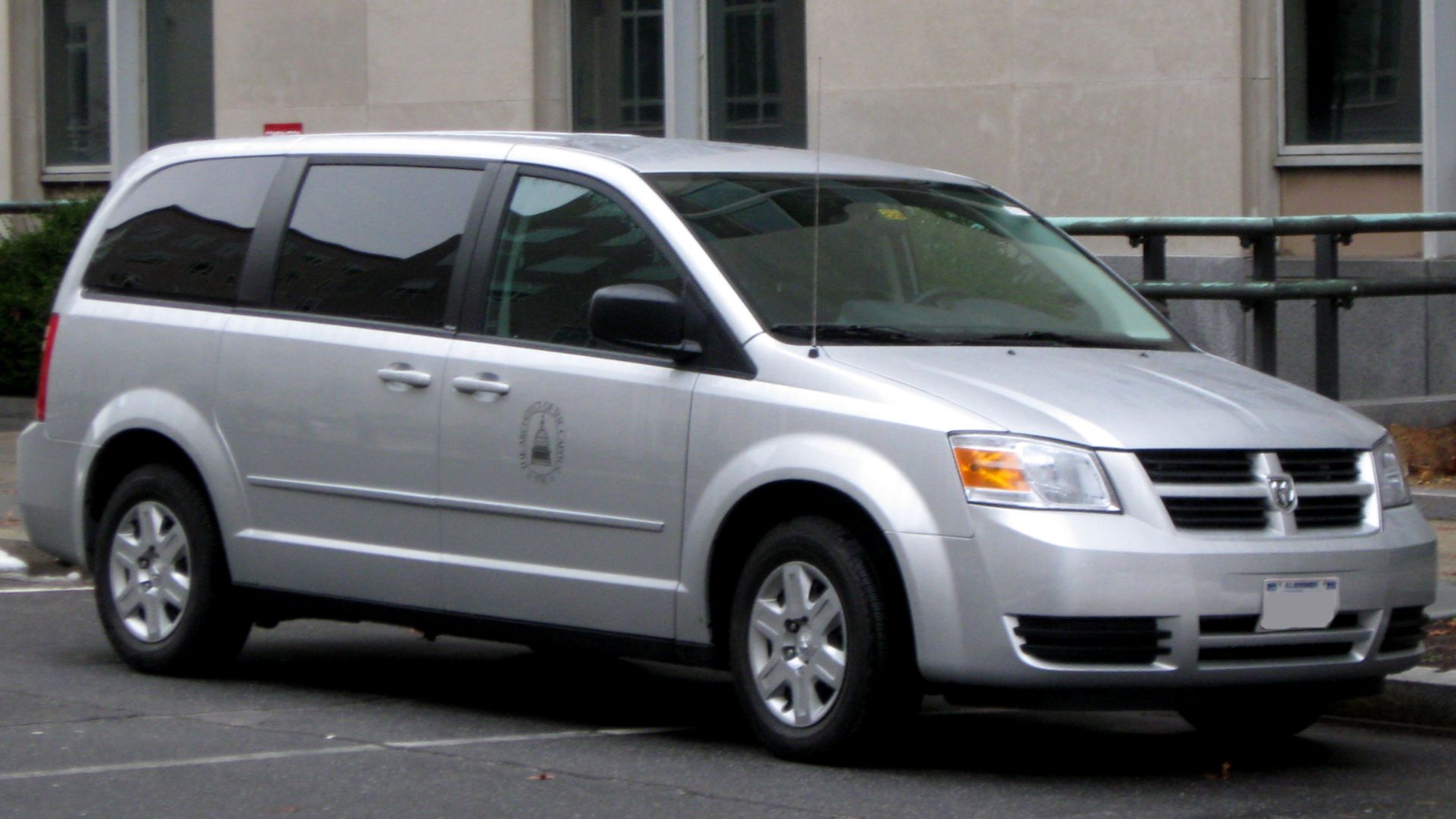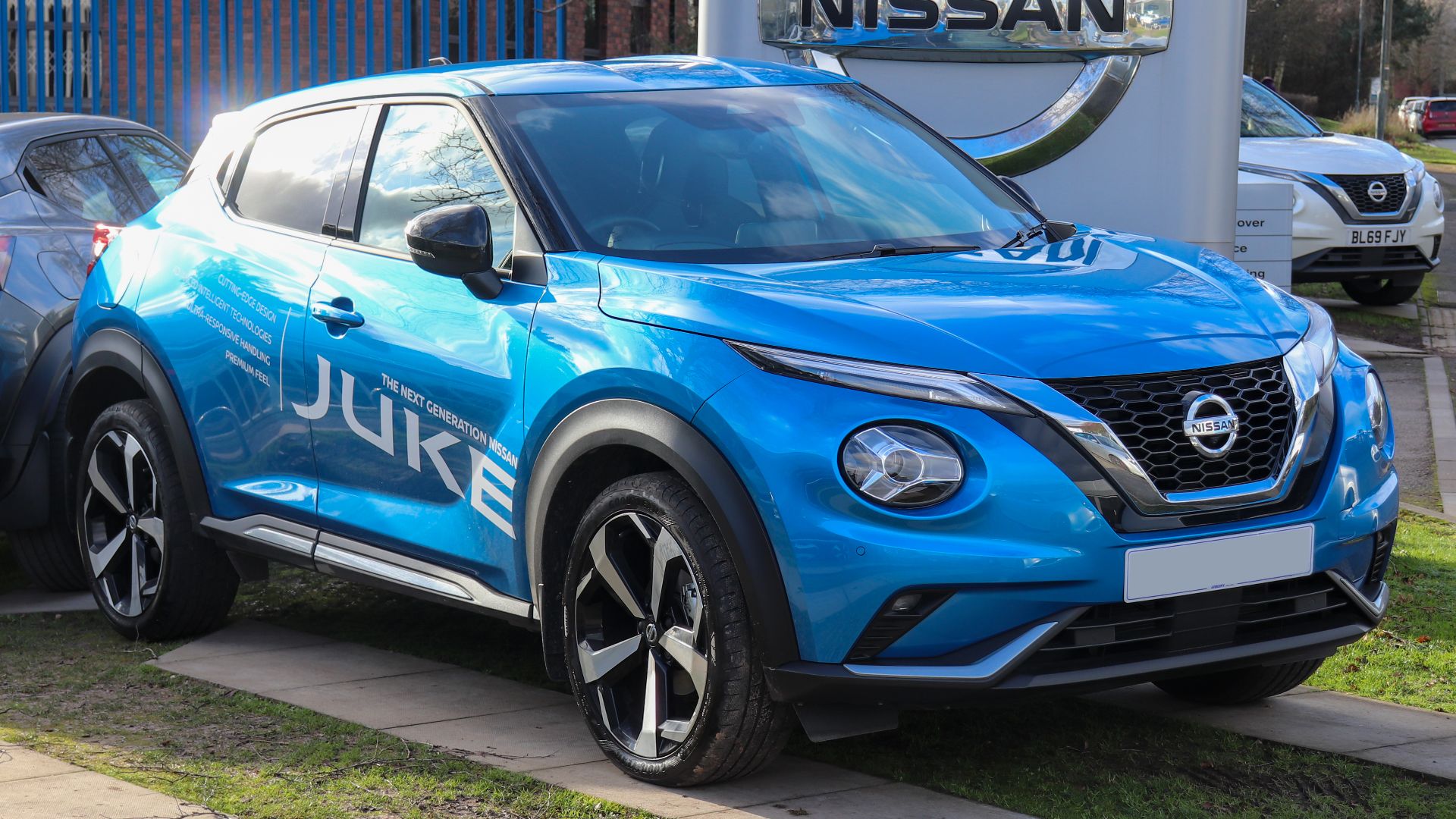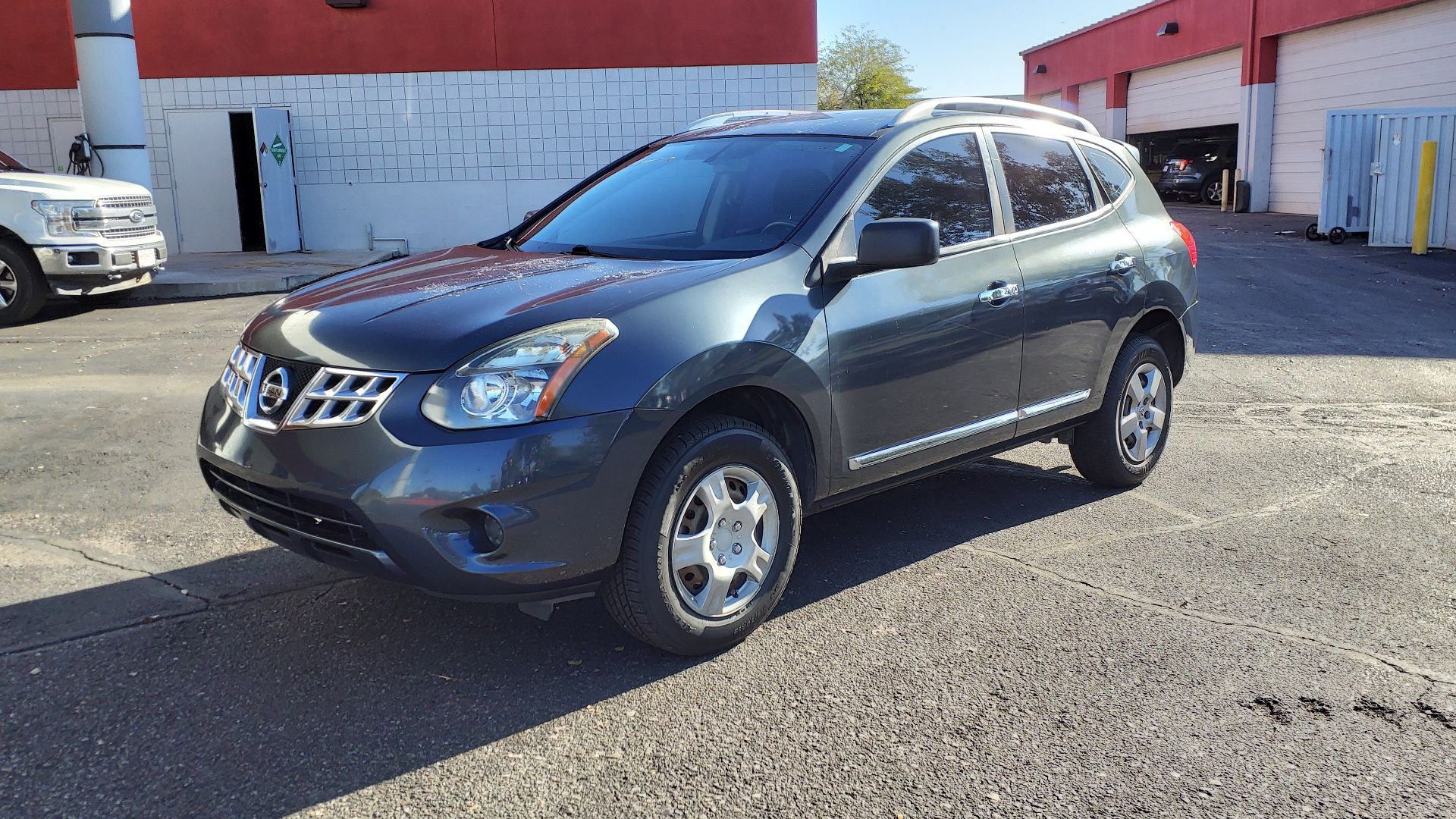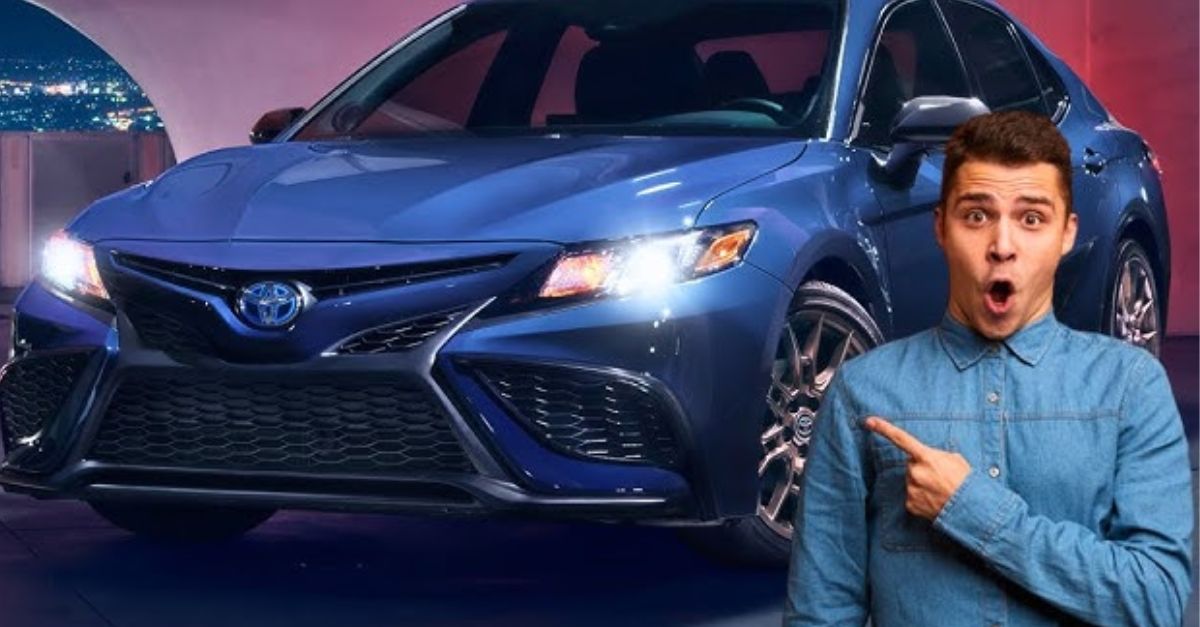Some Left Too Early, Others Refused To Leave
Automakers often pull great cars too early and let weaker ones overstay. This article opens with 13 cars that vanished fast and then moves on to 12 models that lingered for too long. In both cases, timing proves to be everything.
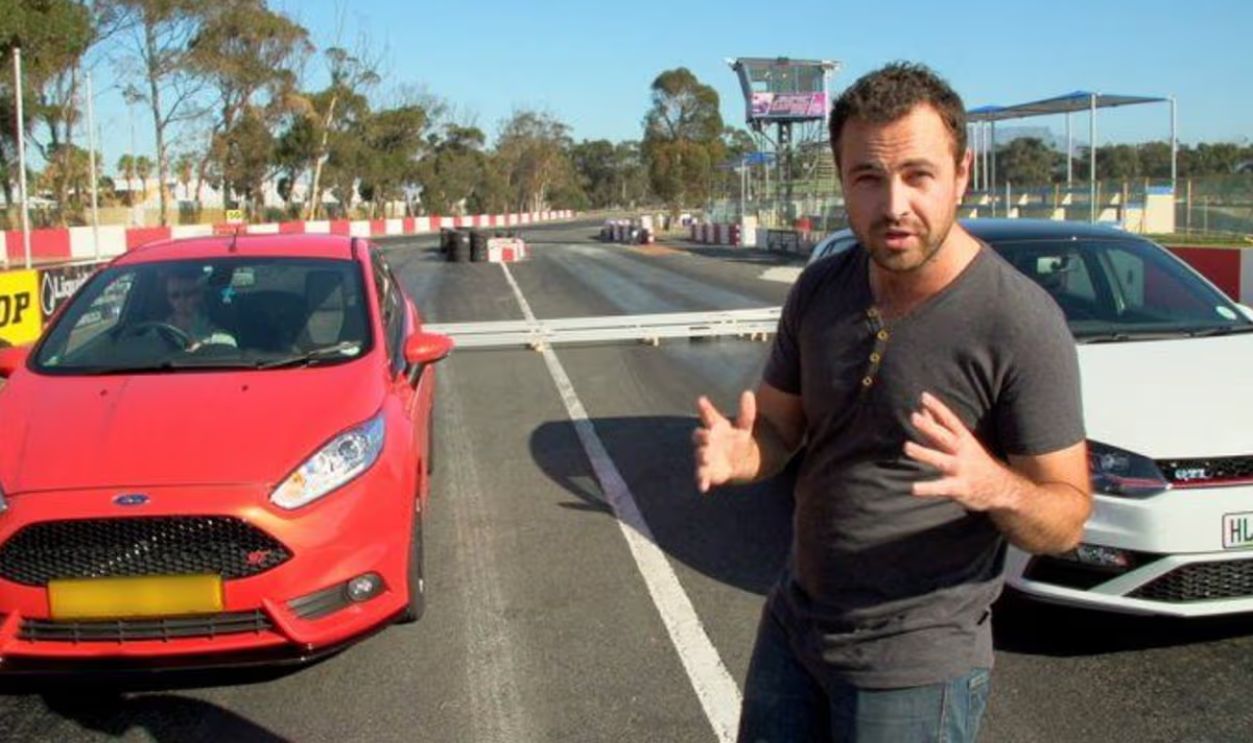
Toyota MR2 Spyder
It wasn't just another compact convertible. The MR2 Spyder featured a mid-engine layout, a configuration rarely seen in its price range. Toyota discontinued it in 2005, citing poor sales. But it had near-perfect weight distribution and a five-speed manual that turned even routine drives into something memorable.
Chevrolet SS
Disguised as a commuter, the Chevrolet SS hid a Corvette-derived V8 under the hood. Only 12,953 units were sold in the US between 2014 and 2017. The lack of advertising and the absence of a badge on the grille reduced visibility. It was a sedan that quietly delivered sports car thrills.
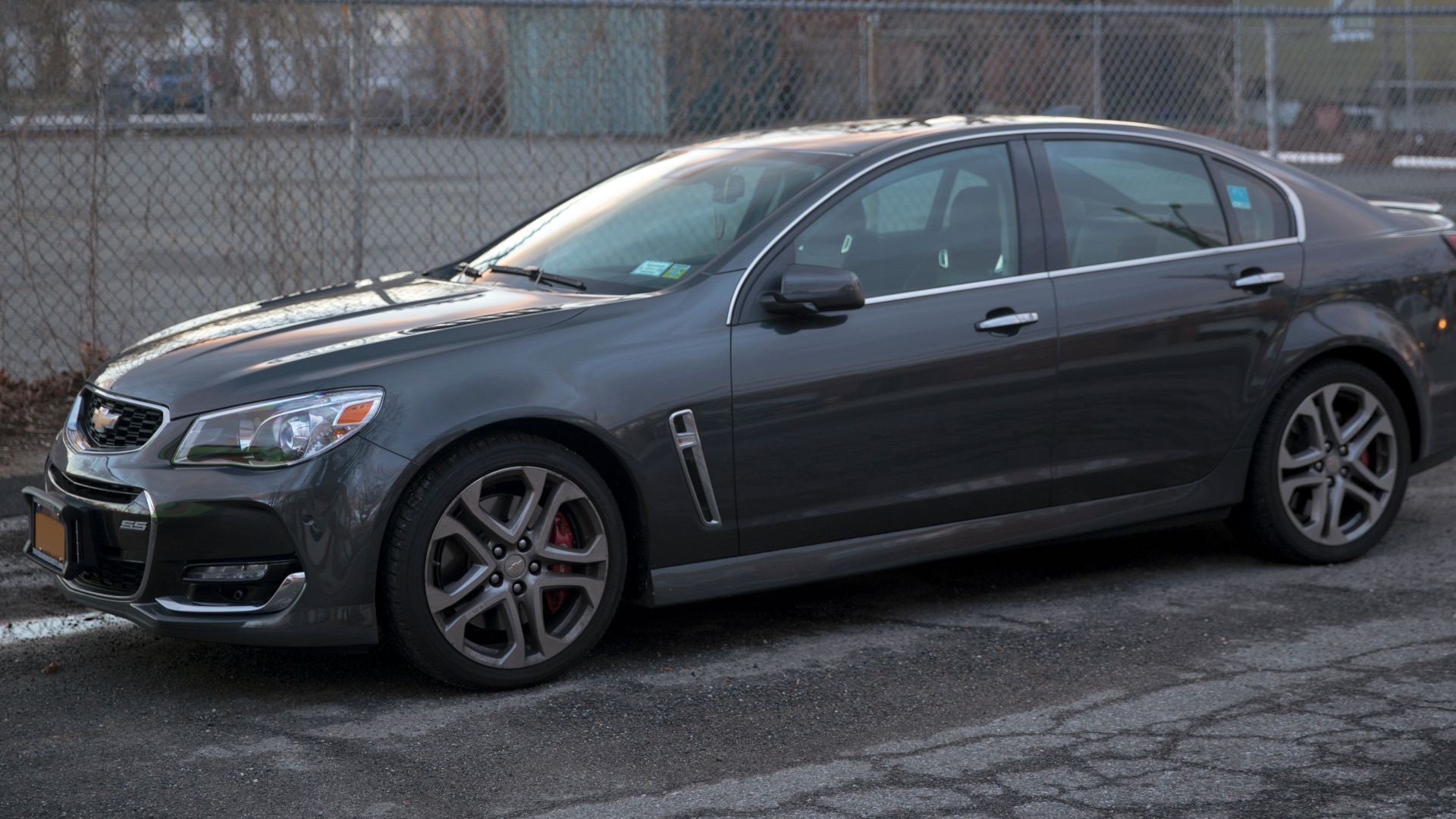 Mr.choppers, Wikimedia Commons
Mr.choppers, Wikimedia Commons
Volkswagen Corrado
The Corrado debuted with front-wheel drive and evolved into something far more daring. By 1992, it featured the narrow-angle VR6 engine and crisp European handling. Yet, despite its engineering and niche appeal, it had limited sales. Volkswagen ended production after just five years in the US.
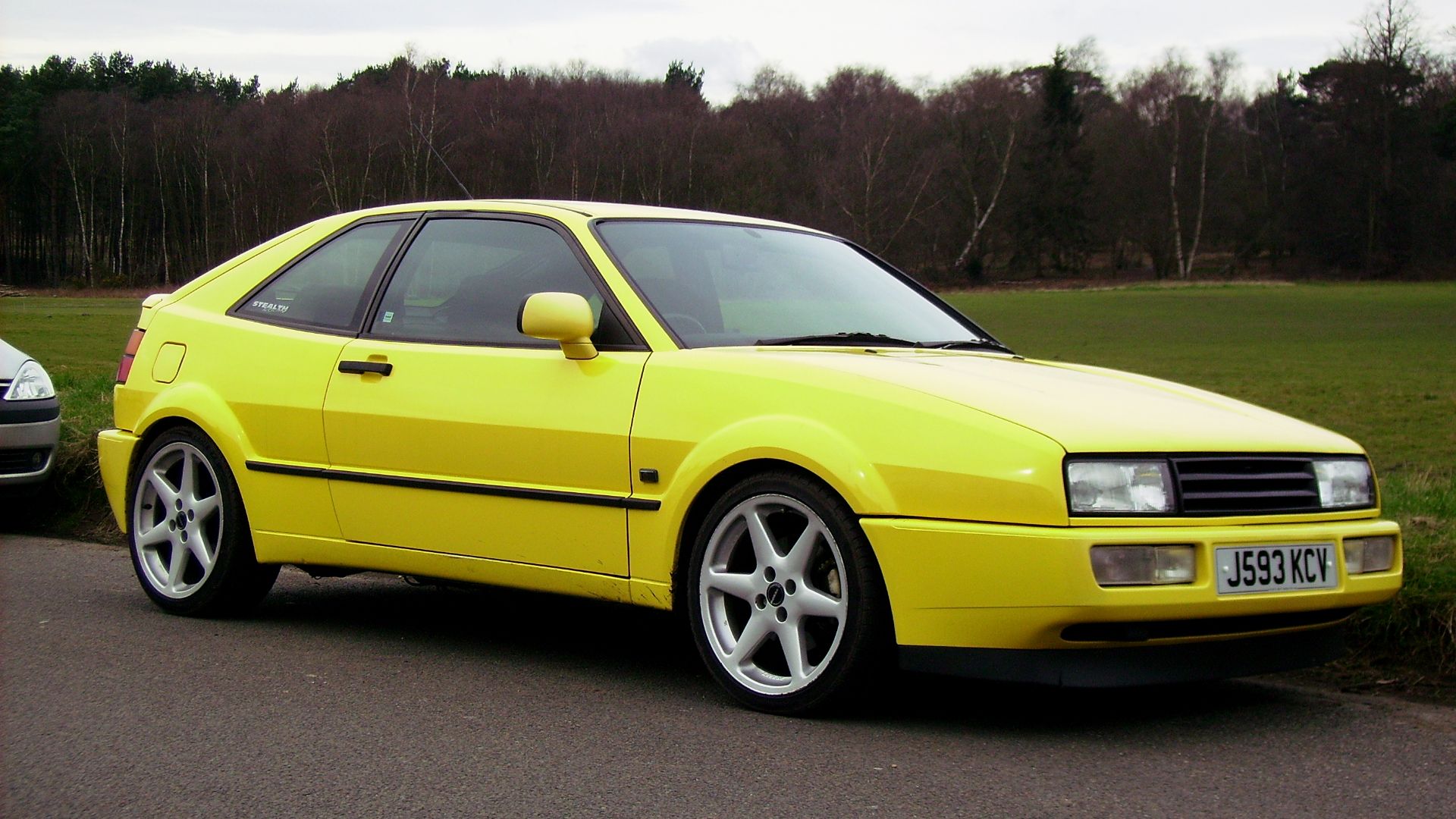 allen watkin from London, UK, Wikimedia Commons
allen watkin from London, UK, Wikimedia Commons
Saturn Sky
A turbocharged Red Line version added serious punch to give the Saturn Sky real performance credentials. Though it shared its chassis with the Pontiac Solstice, it featured sharper styling. Built from 2007 to 2010, it didn't vanish due to flaws but because Saturn was shuttered during GM's financial crisis.
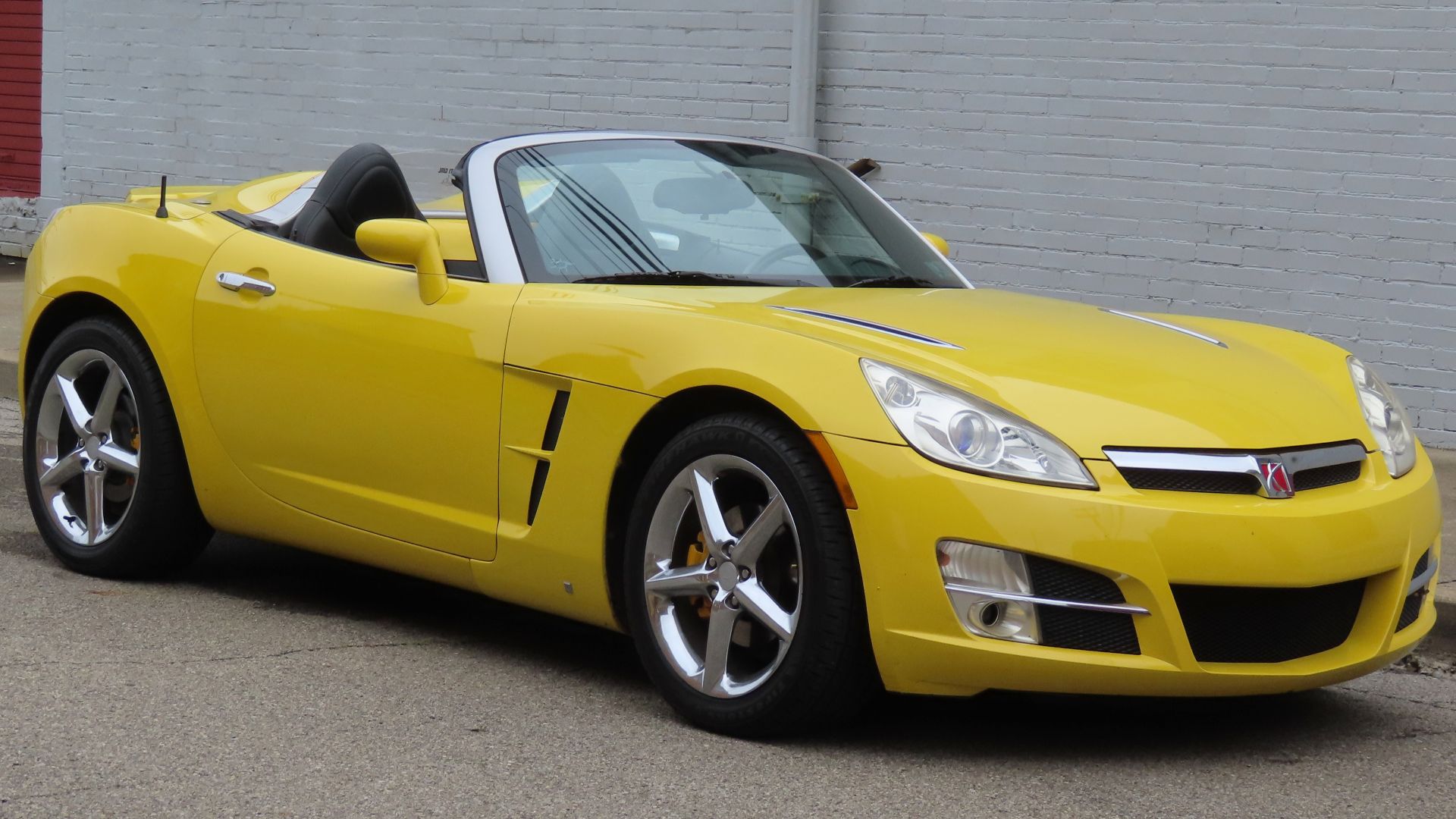 MercurySable99, Wikimedia Commons
MercurySable99, Wikimedia Commons
Mazda RX-8
Mazda introduced the RX-8 in 2003, following the RX-7, by betting on the legacy of rotary power. The 1.3L Renesis engine delivered high-revving fun, but emissions and fuel economy posed hurdles. Reliability problems emerged later, which prompted its US withdrawal in 2011 and its global end the following year.
Dodge Magnum
Launched in 2005, the Dodge Magnum offered optional HEMI V8 power and rear-wheel drive, but Chrysler dropped it in 2008 during restructuring. It stood out as a muscle-infused wagon in a shrinking segment and had loyal support from both fans and police fleet buyers.
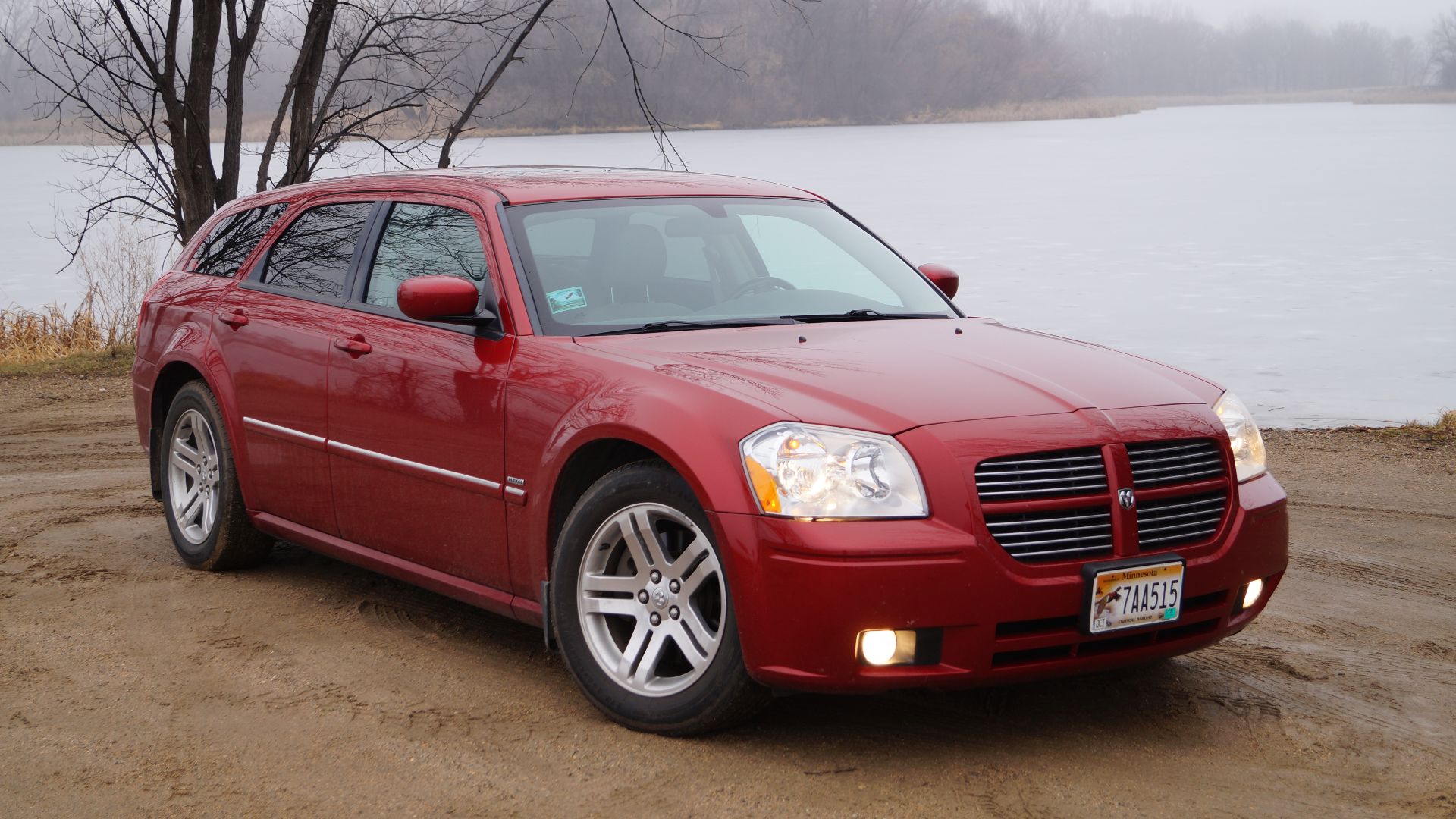 Greg Gjerdingen from Willmar, USA, Wikimedia Commons
Greg Gjerdingen from Willmar, USA, Wikimedia Commons
Pontiac G8
The G8 was GM's last rear-wheel-drive performance sedan under the Pontiac nameplate. Built in Australia and sold from 2008 to 2009, it earned praise for handling and engine options. Pontiac's shutdown during GM's 2009 bankruptcy abruptly ended its run despite growing interest.
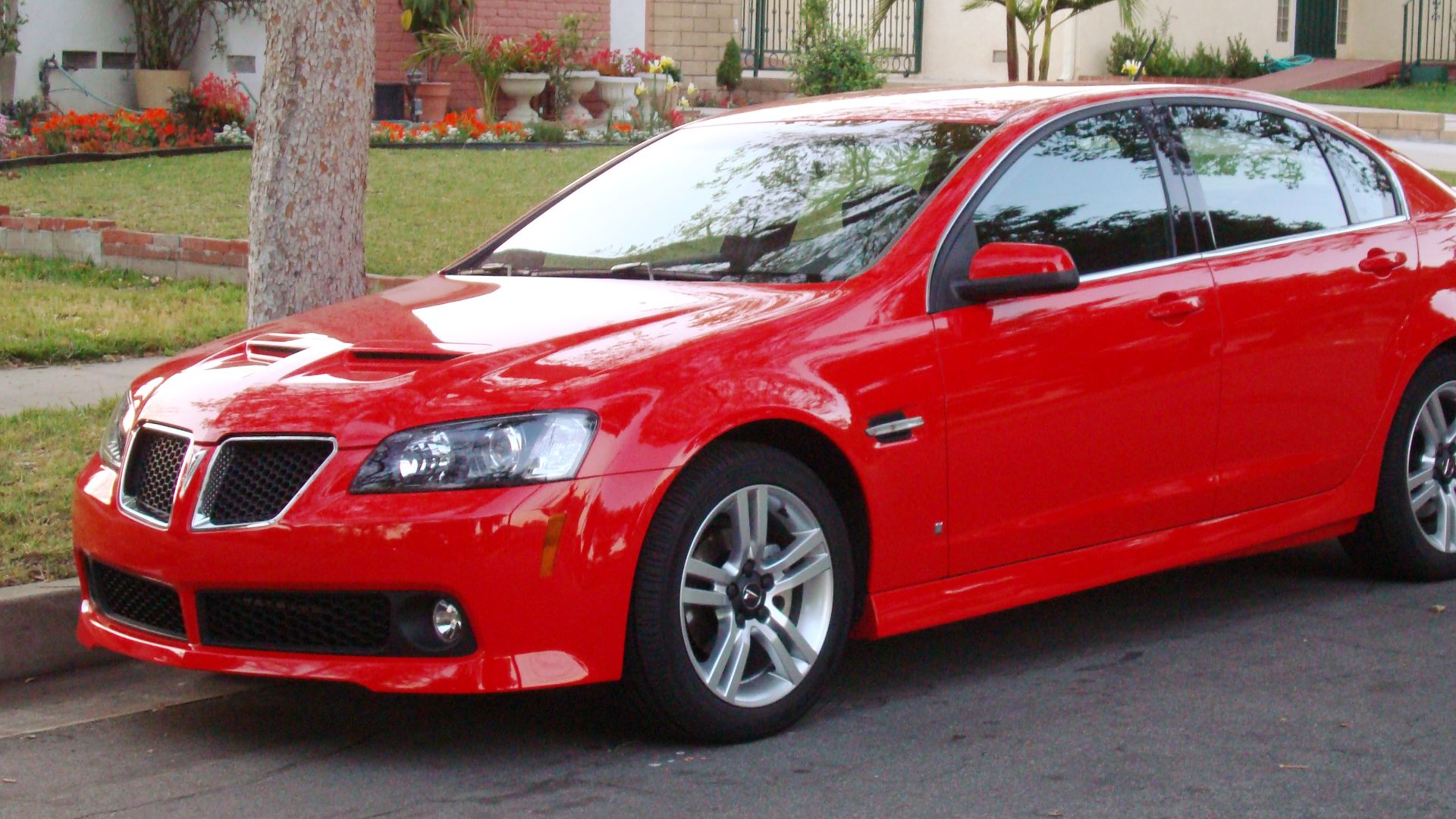 Rich Niewiroski Jr., Wikimedia Commons
Rich Niewiroski Jr., Wikimedia Commons
Acura ILX
Introduced as Acura’s entry-level sedan, the ILX shared a platform with the Civic but wore Acura badging. Launched in 2013 and retired in 2022, it offered reliability but lacked the performance and refinement expected in its segment. Competitors with turbo engines and better tech pulled buyers elsewhere.
Cadillac CT6-V
Cadillac’s CT6-V used a hand-built 4.2L twin-turbo V8 from Bowling Green, Kentucky, that produced 550 horsepower. It came with magnetic ride control and all-wheel drive. GM ended production after 915 units and redirected its priorities toward crossover development and electric vehicle expansion by 2020.
Honda CR-Z
Styled like a modern CRX, the CR-Z promised both efficiency and sportiness when Honda launched it in 2011. With no successor planned, production officially came to an end five years later, in 2016. Despite its six-speed manual and hybrid setup, it underperformed in both power and popularity.
Ford Fiesta ST
Ford ended US sales of the Fiesta ST in 2019, even though it delivered one of the sharpest driving experiences in its class. With 197 horsepower and nimble chassis tuning, it earned near-universal praise. Yet Ford's strategy shifted away from small cars toward trucks and SUVs.
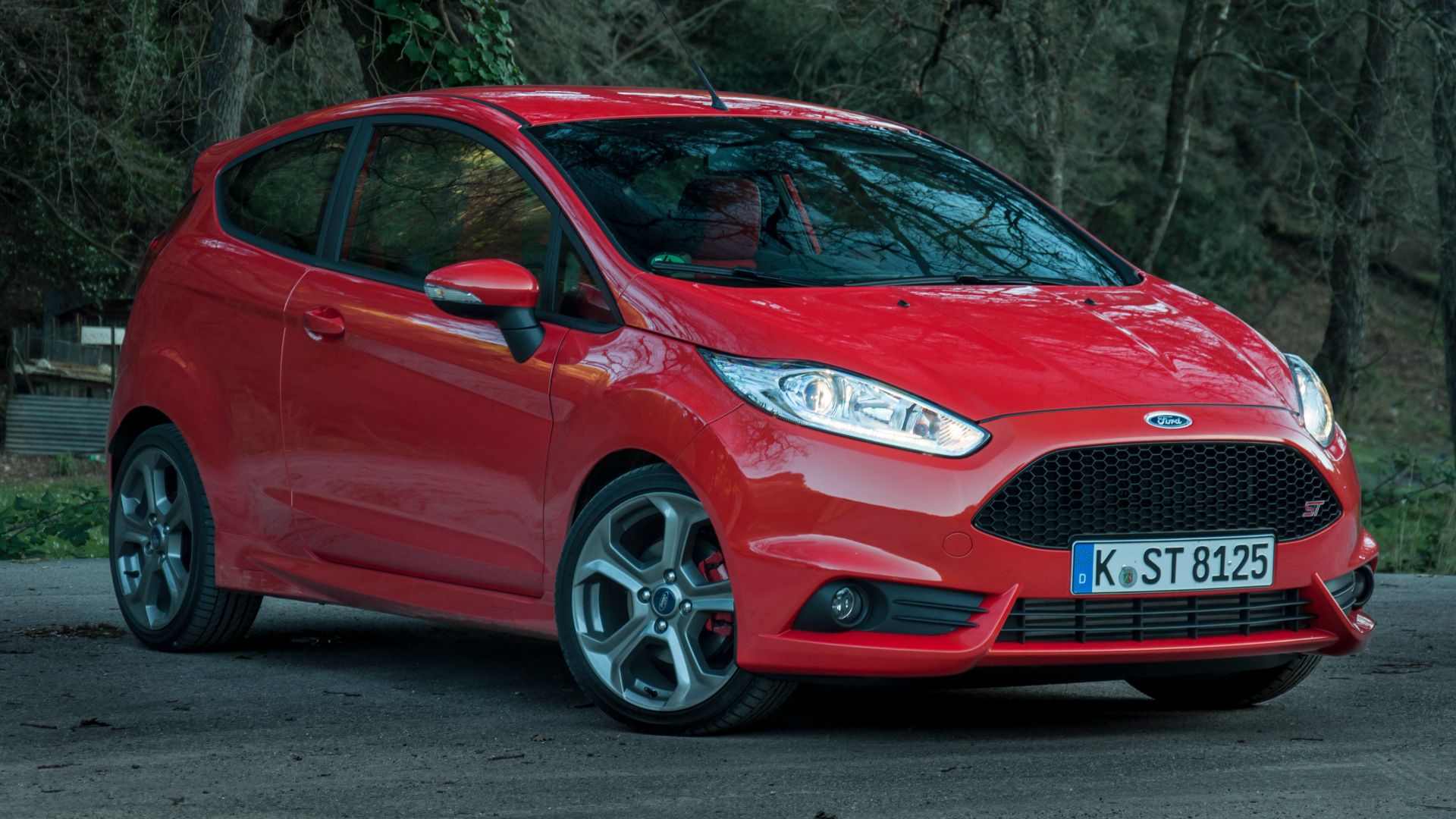 David Villarreal Fernández, Wikimedia Commons
David Villarreal Fernández, Wikimedia Commons
Buick Reatta
Hand-assembled in Michigan, the Buick Reatta sold fewer than 22,000 units between 1988 and 1991. It featured front-wheel drive and a touchscreen interface years ahead of its time. Despite its innovation, slow sales and an unclear market position prompted Buick to quietly retire it.
Hyundai Genesis Coupe
Hyundai's first rear-wheel-drive performance coupe debuted in 2010, targeting the tuner crowd with optional V6 power and bold styling. However, interior quality issues and inconsistent updates prevented it from reaching its full potential. Production ended in 2016 as Hyundai shifted its focus to launching the Genesis luxury brand.
Mitsubishi Mirage
Now we move into the second half, where the issue isn't that these cars vanished too soon but that they lingered long after the spark was gone. The Mirage debuted in 2014 and remained on sale through 2024 despite underwhelming crash-test scores and outdated cabin tech.
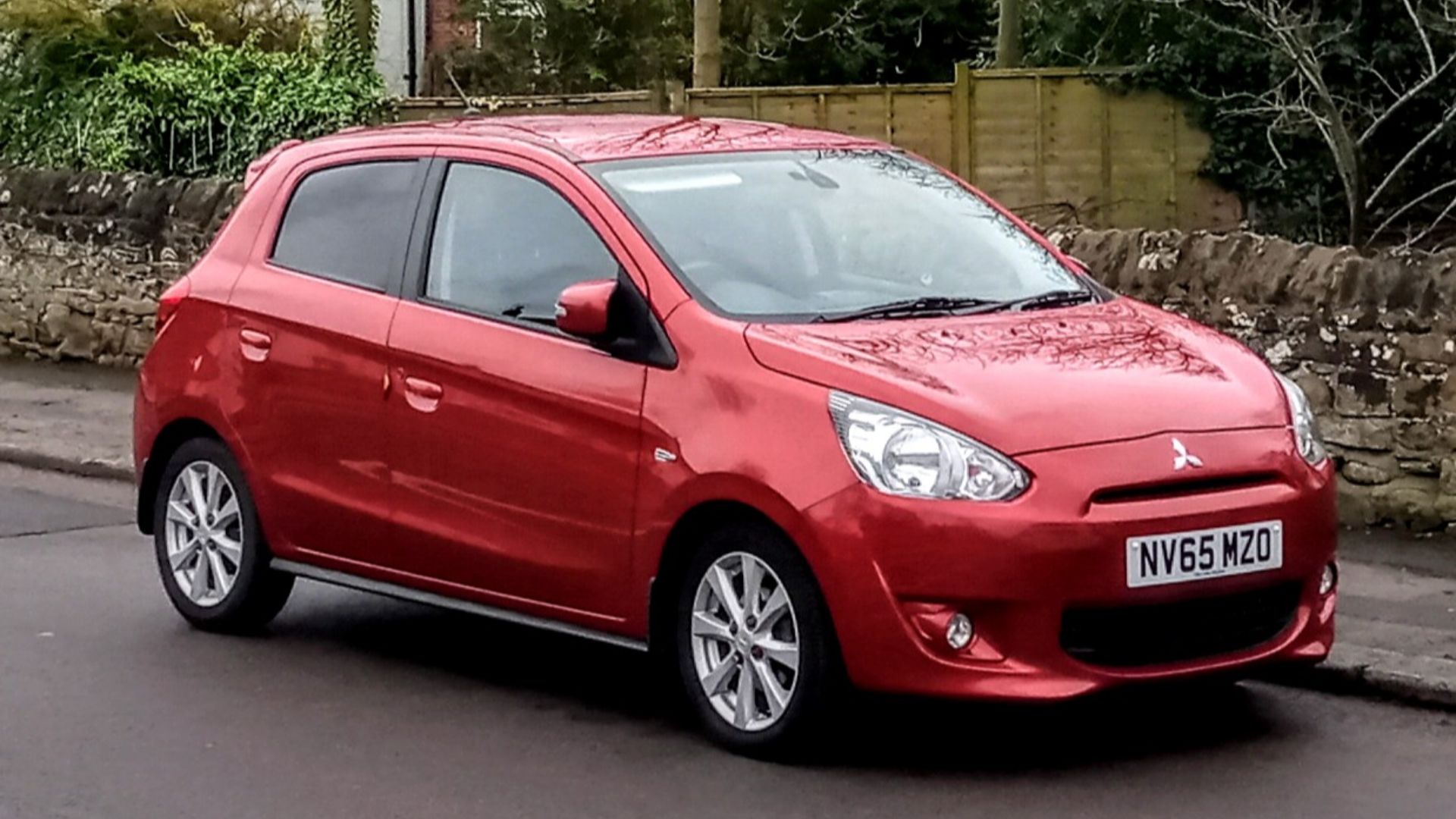 Wheatley Hill, Wikimedia Commons
Wheatley Hill, Wikimedia Commons
Dodge Journey
The Dodge Journey was launched in 2009 and stayed in production until 2020, with few updates. It lacked advanced safety features and fuel efficiency improvements seen in competitors. Instead of redesigning, FCA quietly extended the life of its model for fleet use, even as reviewers criticized its aging platform and outdated interior.
Chrysler 200
Redesigned in 2015, the Chrysler 200 aimed to overcome its earlier shortcomings. But a tight rear seat, sluggish base engine, and transmission complaints undercut that effort. In 2017, production stopped. FCA admitted the car's platform wasn't flexible enough to remain competitive.
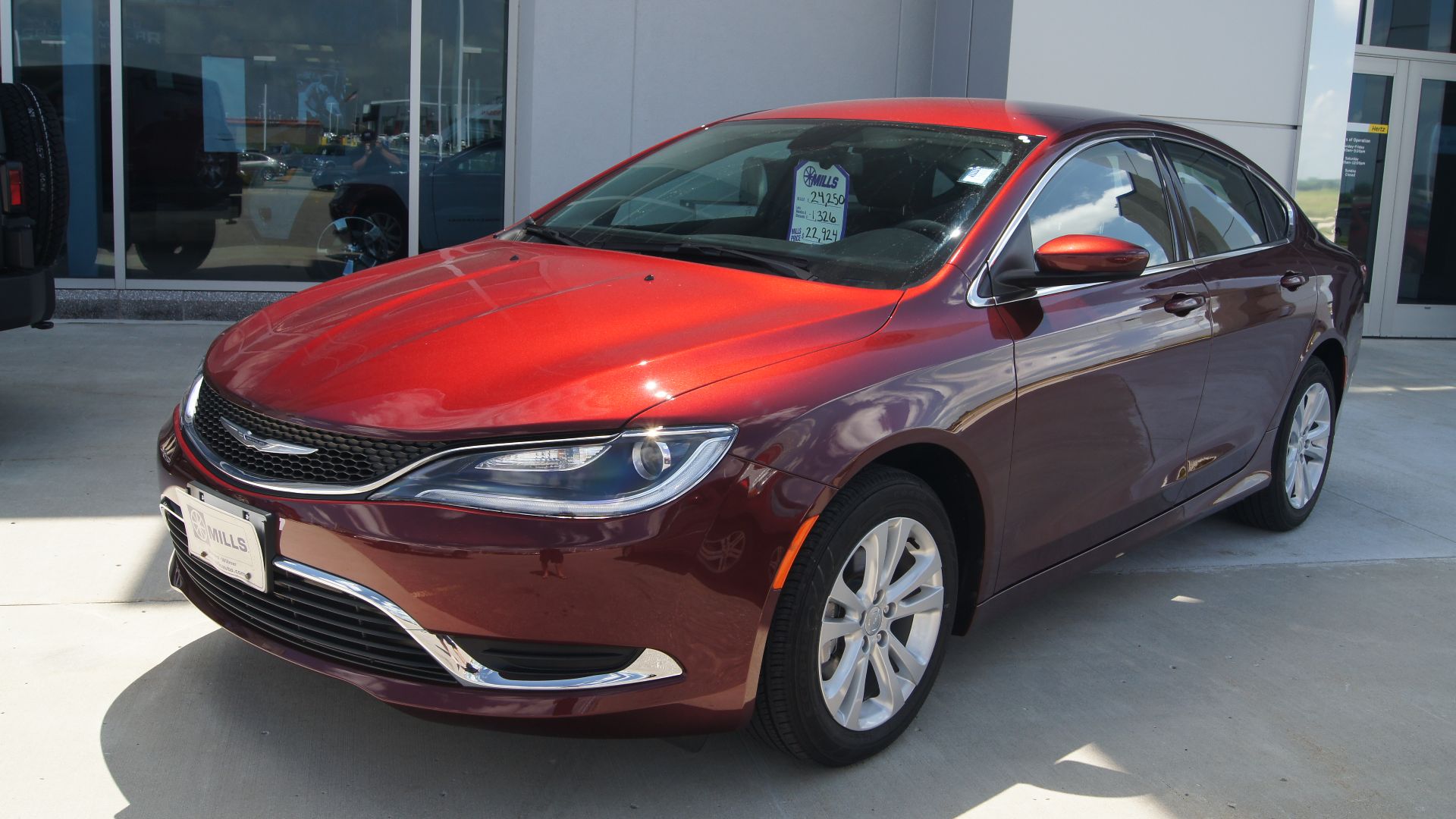 Greg Gjerdingen, Wikimedia Commons
Greg Gjerdingen, Wikimedia Commons
Chevrolet Spark
Introduced in 2013 as GM's smallest US offering, the Spark catered to budget-conscious buyers. But by 2022, its basic safety features and weak crash-test scores made it feel obsolete. While affordable, it couldn't keep up with rising expectations for small cars.
 Peter Broster, Wikimedia Commons
Peter Broster, Wikimedia Commons
Toyota Yaris iA
The Yaris iA originated as the Scion iA and was later rebadged by Toyota. Based on the Mazda2, it earned praise for its driving dynamics but failed to gain traction. It was discontinued in 2020 as buyers favored larger subcompacts with more features and space.
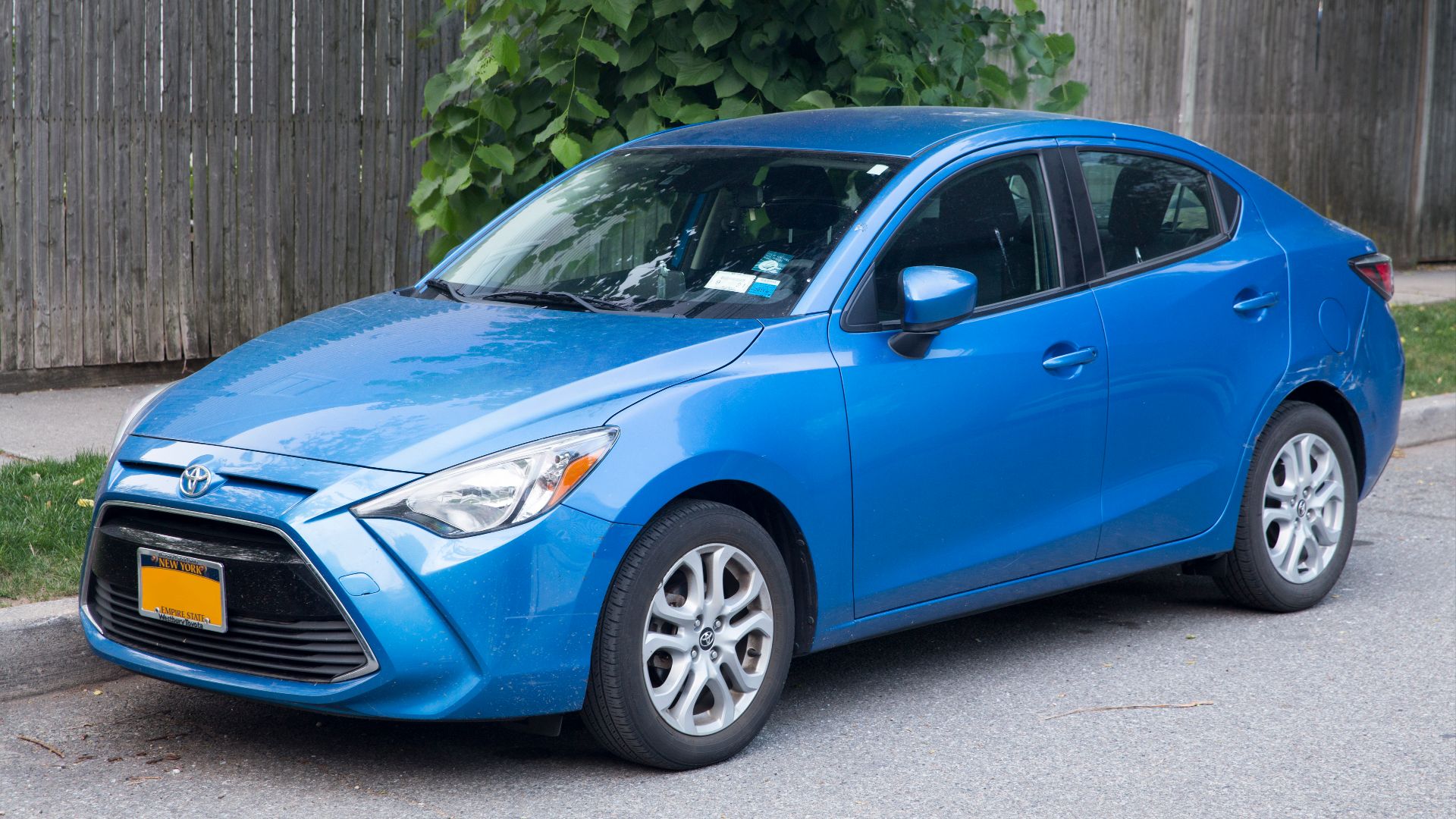 Mr.choppers, Wikimedia Commons
Mr.choppers, Wikimedia Commons
Dodge Grand Caravan
Lacking crash avoidance tech and modern refinement, the Grand Caravan stayed largely unchanged over a 12-year run. Its low price helped, but Chrysler finally ended production in 2020 after years of market irrelevance. Introduced in 2008, it lingered as a mainstay in fleet sales.
Nissan Juke
Few vehicles evoke as much debate as the Nissan Juke. Its oddball looks helped it stand out, but a cramped cabin and rough ride drew criticism. It stayed on the US market from 2011 to 2017 with minimal updates before Nissan replaced it with the more conventional Kicks.
Volkswagen Beetle (New Gen)
Volkswagen tried twice to recapture the Beetle's charm—once in 1998 and again in 2011. The retro styling drew attention early on, but sales slid as SUVs surged. By 2019, its compact footprint and dated platform were no longer competitive, prompting VW to end production without a direct replacement.
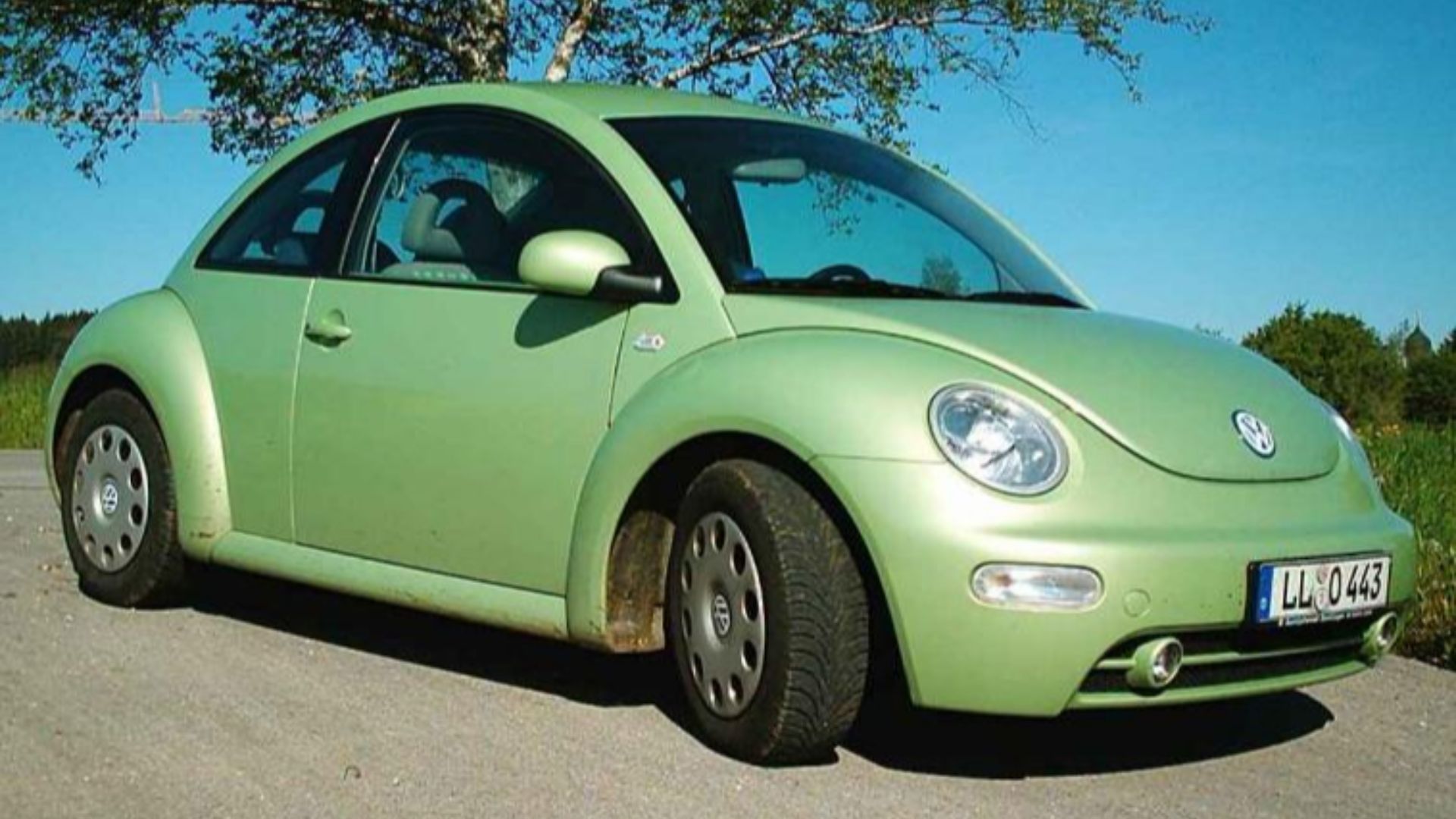 Thomas Springer, Wikimedia Commons
Thomas Springer, Wikimedia Commons
Nissan Rogue Select
To stretch the life of its first-generation Rogue, Nissan sold it as the Rogue Select alongside the newer model from 2014 to 2015. The strategy confused buyers and dealerships alike. It also exposed the older Rogue's lack of modern features, especially in safety and infotainment.
Buick Encore
Despite growing competition, the Encore remained on sale until 2022, well past its prime as a competitive model. Buick launched it in 2013 to tap into the subcompact SUV market. But over time, its cramped interior and lackluster engine dulled its initial appeal.
Jeep Patriot
Introduced in 2007, the Jeep Patriot stuck around until 2017 with only minor updates. Critics often panned its coarse ride and cheap cabin. Yet it sold steadily, partly due to low pricing. It was finally retired when Jeep revamped the Compass by consolidating its compact lineup.
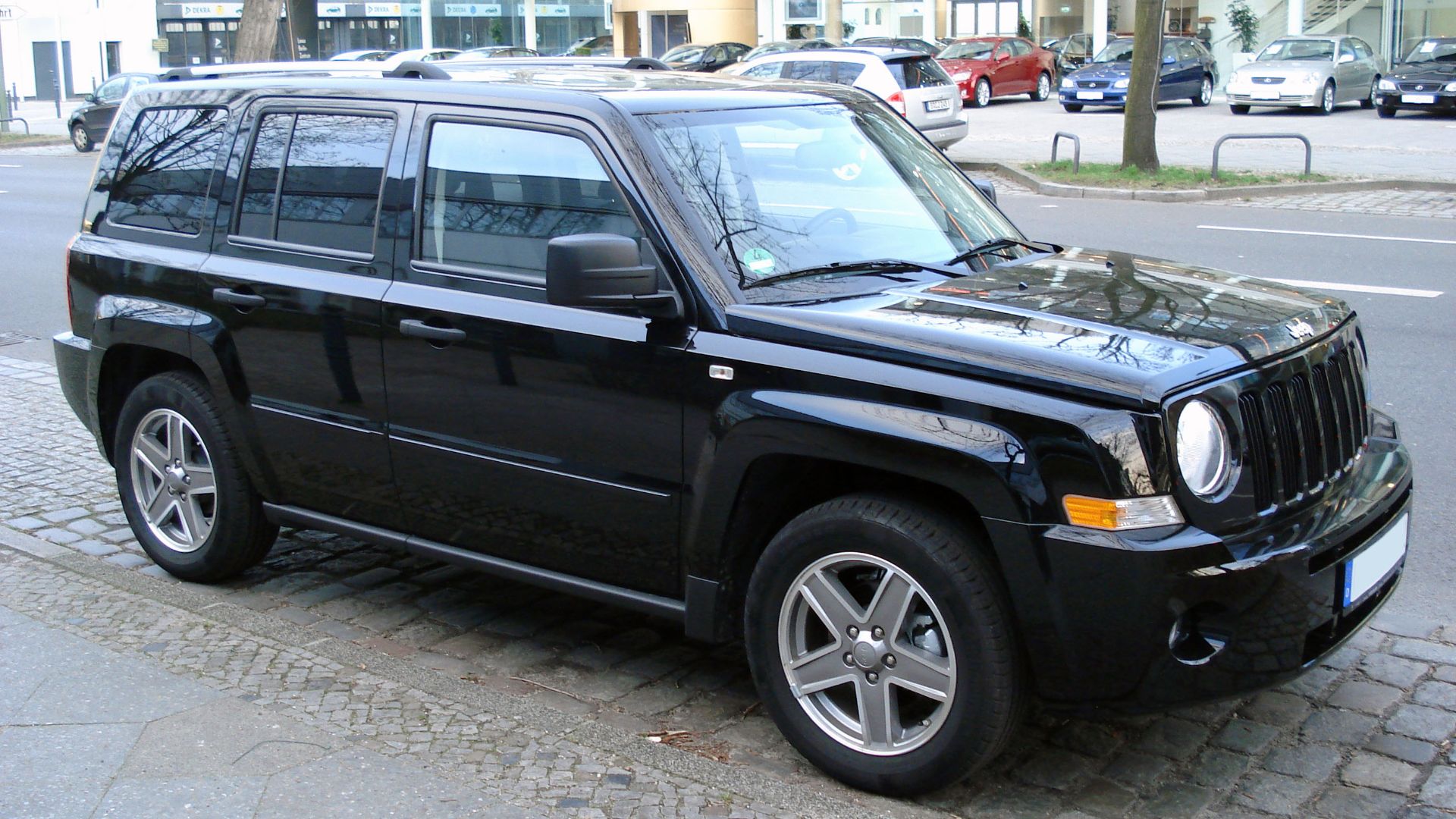 Matti Blume, Wikimedia Commons
Matti Blume, Wikimedia Commons
Chevrolet Impala (10th Gen)
When the 10th-generation Impala arrived in 2014, it received early praise for comfort and design. However, the shift toward crossovers made full-size sedans a shrinking category. As priorities shifted to SUVs and EVs, GM discontinued the Impala in 2020 by ending one of its longest-running nameplates.
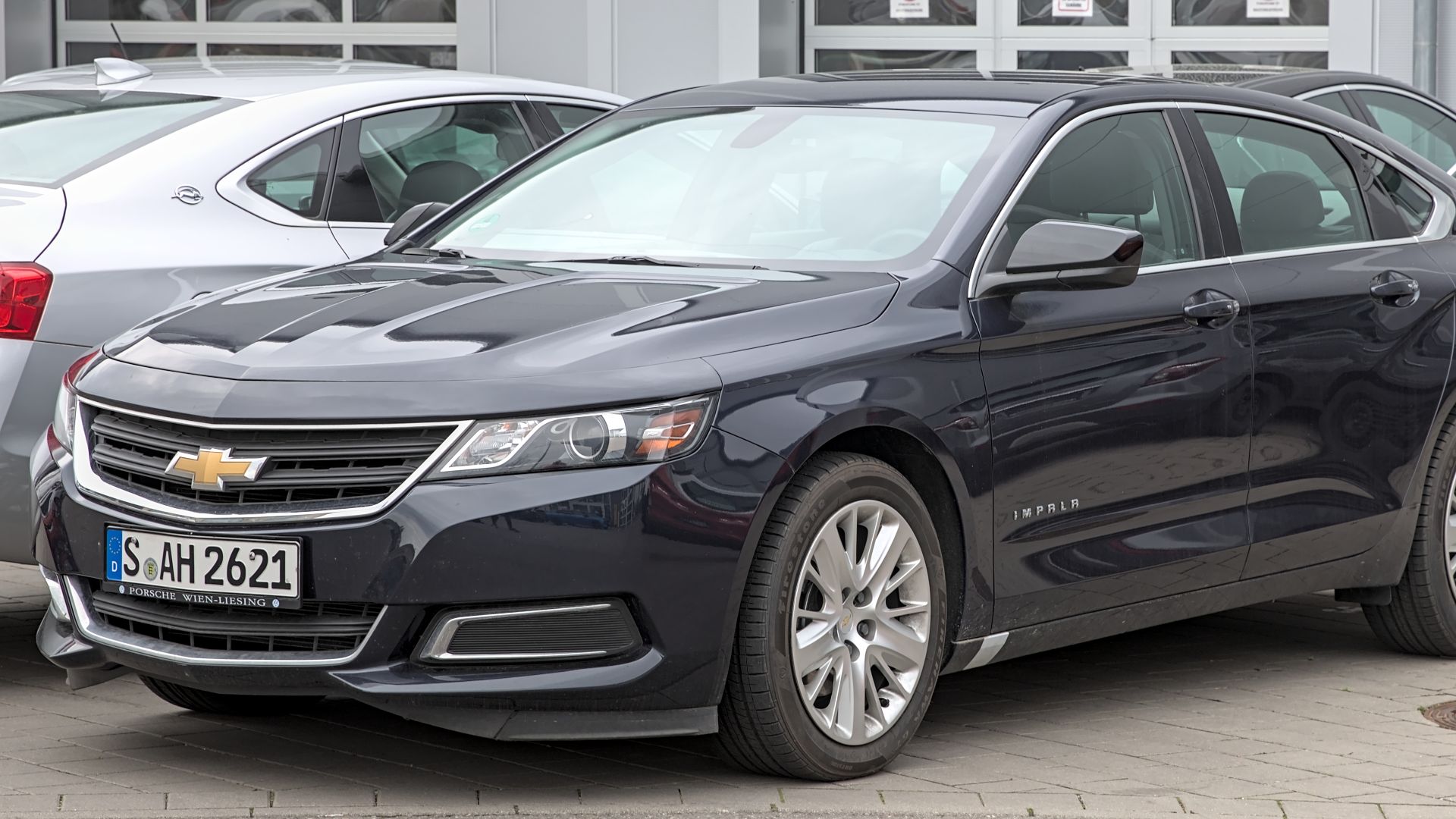 Alexander-93, Wikimedia Commons
Alexander-93, Wikimedia Commons

